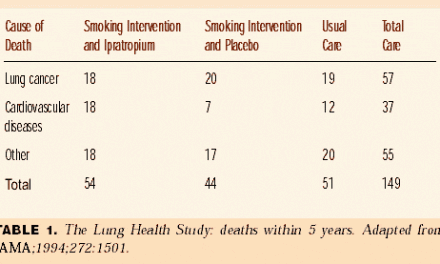New plans designed to cut costs and improve patient care involve using specially trained paramedics in order to reduce avoidable trips to the emergency room.
Around the country, the role of paramedics is changing. In various states, they’re receiving extra training to provide more primary and preventive care and to take certain patients to urgent care or mental health clinics rather than more costly emergency rooms. Ramsdell and others in his program, for instance, spent 150 hours in the classroom and with clinicians learning how to provide ongoing care for patients.
The changes are driven by the 2010 health law, which aimed to cut spending, expand patient access and improve quality of care. The federal government is funding the Nevada project and others in Arizona, Connecticut, Washington state and elsewhere.
These projects face some challenges. The American Nurses Association and other professional organizations have raised concerns about whether paramedics are receiving enough extra instruction to provide direct care. Some programs need government waivers or legislation to exempt them from restrictions on what paramedics can legally do. In addition, insurers and the government only pay for ambulances and paramedics if people are transported to the hospital.










With no disrespect to our paramedics in the field, I find this move a little disturbing.First,let me state that these men and women who are paid professionally through municipalities or volunteer through local volunteer fire departments are our first line of defense and help in the field, we need them. They are clearly lifesavers. The continued lifesaving measures must now be continued at the next level. That next level of assessment must come from a licensed/degree holder/national board certified practioner. These clinicians have studied for many years and have had thousands of hours of clinical exposure to practice at that higher level. Having anyone below that attained level, making a judgement on whether someone is transported to the Hospital/ER/Urgent Care or not for evaluation could be deadly. There are a multitude of health conditions that the general Paramedic/EMT may never encounter and it will only take one poor decision that may cost a life. Our emergency response system is a marvelous one. Don’t mess it up. The article states 150 hours were spent additionally learning how to give ongoing care to patients, I have been in healthcare as an RRT and CCRN for over 37 years combined and I still see things that are hard to manage. 150 hours extra training—Good Luck.